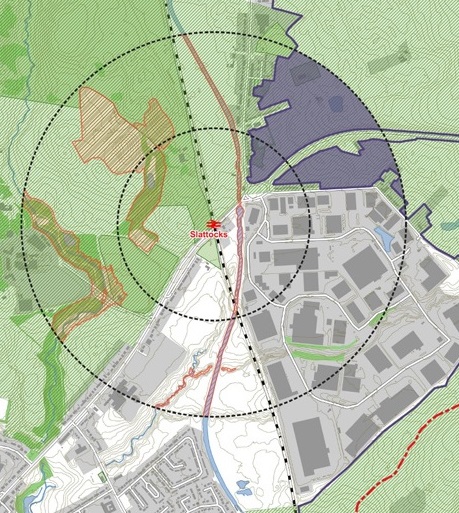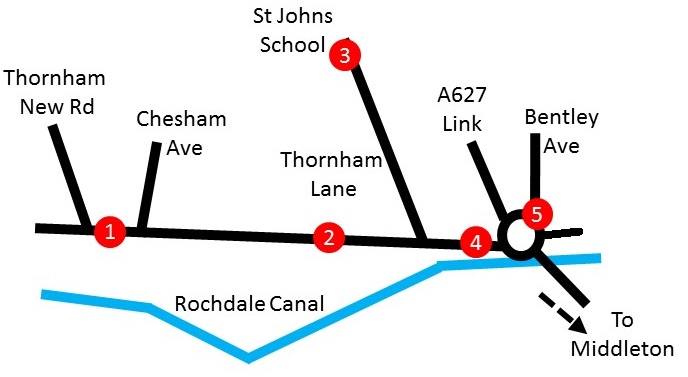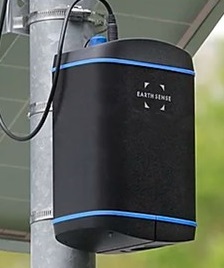At the recent Breathing Space conference in Manchester, organised by the Save Greater Manchester’s Greenbelt (SGMGB) group, no one was left in any doubt that the GMSF rewrite does not go anywhere far enough in taking into account many people’s concerns, particularly about the Greenbelt.
Andy Burnham and the ten local Councils comprising the
Greater Manchester Combined Authorities (GMCA) are not meeting residents’
expectations – in protecting Greenbelt; having a ‘Brownfield First’ policy; and
in truly taking on-board people’s concerns about the future on their
communities.
Despite the glossy brochure rhetoric, they don’t seem to be
listening to what people have said in response to the first nor second consultation.
So the Greenbelt Groups across Manchester have tried to
emphasise where Andy and his team, and the system they’re working with, have
gone wrong and can really make a positive difference.
The Breathing Space conference saw presentations on: Clean
air; Public participation in planning; Planning and land speculators; and What
makes a viable neighbourhood.
Whilst all the experts gave
excellent presentations, we were particularly impressed by Dr Quintin Bradley’s
presentation ‘Planning and land speculators’. Dr Bradley powerfully highlighted
how the current planning system is
stacked against ordinary people and the local councils in favour of the developers:
‘a planning regime intended to increase the supply of housing has actually doubled the length of time taken to build houses, created a new market in land speculation, incentivised housebuilders not to build, and forced local authorities to allocate more than twice as much land as actually needed for housing’.
Some of the headlines from the presentations are:
- Bring
forward the day when we can all breathe clean air with healthy lungs
(Sue Huyton – British Lung Foundation) - 152 roads in GM are above legal air pollution
levels and motorways are not included in this.
- 1200 early deaths have been attributed to poor
air quality in GM.
- Poor air quality costs GMCA £1 billion per annum
due to health issues.
- Air pollution increases by 112% next to a
construction site for houses.
- Public
participation in planning: smoke, mirrors and charades? (Dr Paul O’Hare – MMU)
- How planners approach public participation, and
how they are getting it wrong
- Help! The
town planning system has been captured by land speculators: the five year land
supply and the Housing Delivery Test (Dr Quintin Bradley – Leeds Beckett
University)
- What was once known as land banking has now been
renamed as a ‘housing supply pipeline’.
- A whole new middle industry has now emerged
called site promotion which gets a landowner outline planning on greenbelt. The
promoter takes a % fee for land sale with planning permission. Many never turn
into new homes.
- Agricultural land worth £25K per hectare will
typically increase in value to £5.6M per hectare once residential planning
permission is granted.
- Housebuilders deliberately restrict build-out
rates in order to starve the market of new houses so that land prices inflate
and new house prices remain high.
- Over 1 million homes given detailed planning
permission over the 11 year period to 2017 were never actually built.
- Housing developers are now taking twice as long
to produce completions to market: from 2 years to 4.
- 90 % of planning applications for housing get
approved, and this includes appeals.
- Most appeals are now won by housing developers disproving
that a local council hasn’t got a 5 year supply of land which is manipulated to
suit in some cases.
- Vital and
Viable Neighbourhoods
(Dr Steve Millington & Professor Cathy Parker – Institute of Place
Management) - Local markets are often an essential component
of successful town centres, encouraging local enterprise.
- People like pedestrianisation and car-free
zones.
- Town centres need to be mixed use (not just
retail) with an evening economy.
- Harpurhey is seen as a model of successful
co-location of key public amenities with retail and community-led partnerships.
Both the Thornham St John’s Neighbourhood Forum
and SOS-Save Our Slattocks Greenbelt Group will take what we’ve learned from
the conference and continue to campaign to save the Greenbelt and oppose
inappropriate development




 Image:
Image: 
